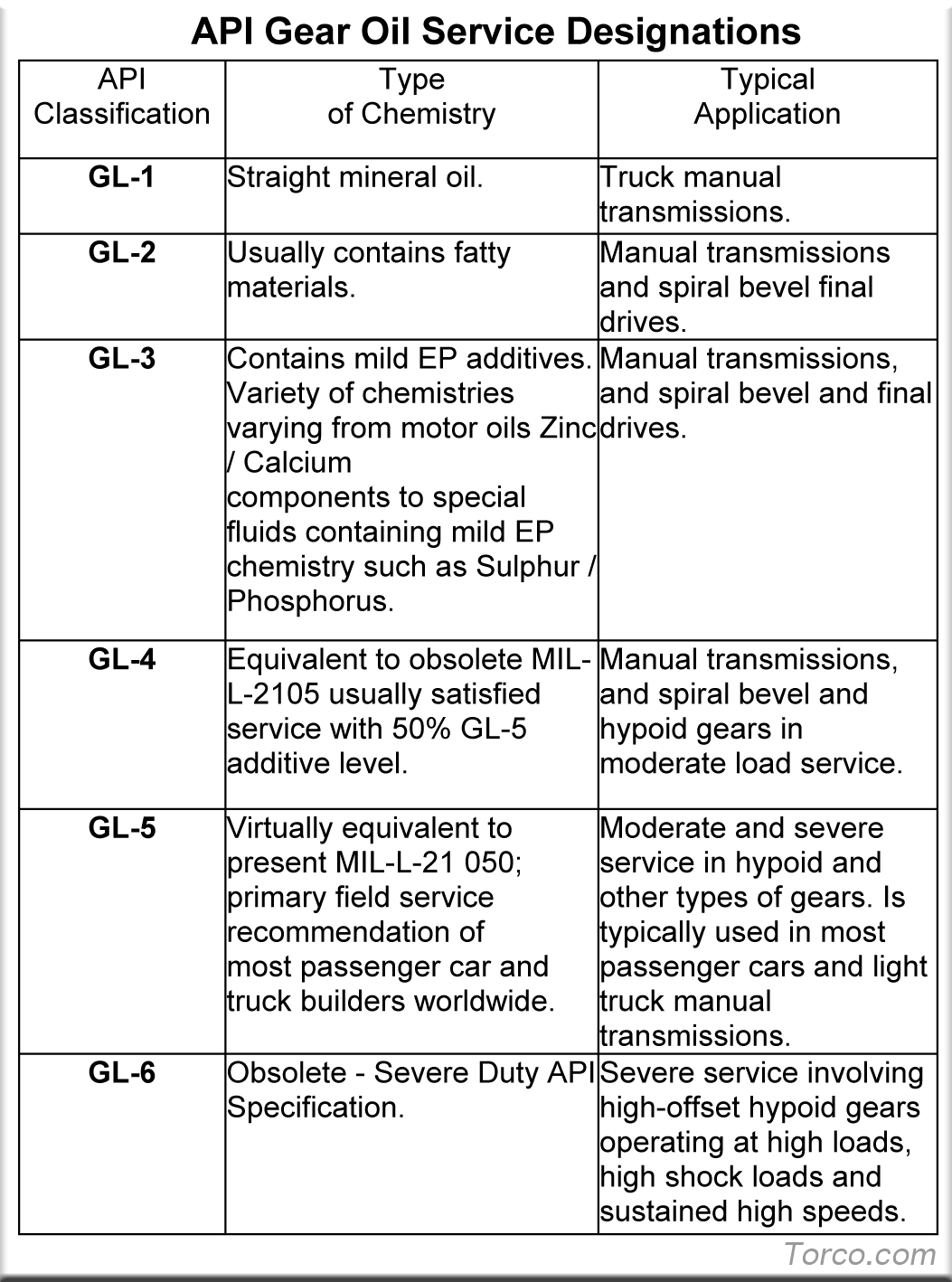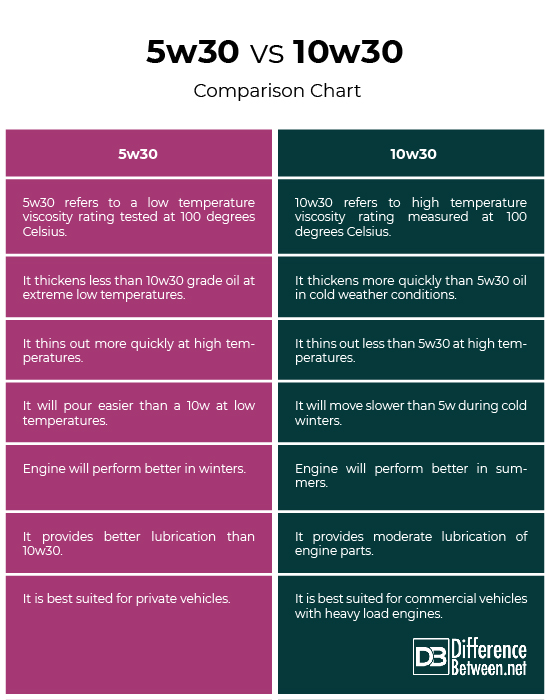Differential fluid lubricates gears, while transmission fluid cools and protects transmission components. Differential fluid and transmission fluid serve different purposes in a vehicle.
Differential fluid is designed to lubricate and protect the gears and bearings within the differential housing, ensuring smooth operation and preventing wear and tear. On the other hand, transmission fluid is responsible for lubricating and cooling the intricate components of the transmission system, ensuring proper function and longevity.
Although both fluids play crucial roles in a vehicle’s drivetrain, their specific functions and applications differ, highlighting the importance of using the right fluid in the right system for optimal performance and durability.

Credit: www.amazon.com
Introduction To Vehicle Fluids
Differential fluid and transmission fluid serve different purposes. Differential fluid lubricates the gears, while transmission fluid cools and protects the transmission components. Gear oil and transmission fluid are not interchangeable, as they are designed for different types of transmissions and mechanical environments.
The Role Of Fluids In Automotive Performance
Vehicle fluids play a crucial role in ensuring the smooth operation and longevity of the various components within a vehicle. From lubricating moving parts to cooling vital systems, fluids are essential for maintaining optimal performance and preventing premature wear and tear.
Transmission Vs Final Drive Fluid: A Preliminary Distinction
When it comes to understanding the difference between transmission fluid and final drive fluid, it’s important to recognize their distinct functions within a vehicle’s drivetrain. While both fluids are designed to lubricate and protect critical components, they are tailored to meet the specific demands of the transmission and final drive systems, respectively.
Understanding Transmission Fluid
Differential fluid and transmission fluid serve distinct purposes. Differential fluid lubricates gears, while transmission fluid cools and safeguards transmission components. Gear oil is for manual, and transmission fluid is for automatic transmissions in various vehicles. These fluids are not interchangeable due to their specific applications.
Functions And Importance
Transmission fluid is a vital component of a vehicle’s transmission system. It has several functions, such as lubrication, cooling, and cleaning. Lubrication is necessary to reduce friction and wear between the moving parts of the transmission system. Cooling helps to dissipate the heat generated by the transmission system during operation. Cleaning helps to remove contaminants and debris that can accumulate in the transmission system over time.
Types Of Transmission Fluid
There are two types of transmission fluid: automatic transmission fluid (ATF) and manual transmission fluid (MTF). Automatic transmission fluid is used in vehicles with automatic transmissions, while manual transmission fluid is used in vehicles with manual transmissions. Automatic transmission fluid is thinner and has more additives than manual transmission fluid. Manual transmission fluid, on the other hand, is thicker and more viscous than automatic transmission fluid. In conclusion, understanding the functions and importance of transmission fluid is crucial for maintaining a vehicle’s transmission system. It is also important to use the correct type of transmission fluid for your vehicle’s transmission system. Regular maintenance and inspection of the transmission system can help ensure its longevity and reliability.
Diving Into Final Drive Fluid
When it comes to maintaining your vehicle’s drivetrain, it’s important to understand the difference between transmission fluid and final drive fluid. While both fluids play a crucial role in keeping your car running smoothly, they have distinct purposes and significance. In this article, we will focus on final drive fluid and explore its purpose, significance, and the varieties available.
Purpose And Significance
The purpose of final drive fluid is to lubricate and protect the gears in the final drive or differential of your vehicle. The final drive is responsible for transferring power from the transmission to the wheels, allowing your car to move forward or backward. Without proper lubrication, the gears in the final drive can wear out quickly and cause significant damage to the drivetrain.
Final drive fluid also helps to dissipate heat generated by the friction of the gears. As the gears rotate and interact with each other, heat is produced. The fluid absorbs this heat and carries it away, preventing the gears from overheating and potentially failing.
Varieties Of Final Drive Fluid
There are different types of final drive fluid available, each designed for specific vehicle models and applications. It’s essential to use the correct fluid recommended by the vehicle manufacturer to ensure optimal performance and protection. Here are some common varieties:
| Fluid Type | Recommended Use |
|---|---|
| 80W-90 Gear Oil | Used in many rear-wheel drive vehicles and some front-wheel drive vehicles. |
| Synthetic Gear Oil | Offers improved performance and protection, especially in extreme temperatures. |
| Limited Slip Differential Fluid | Specifically formulated for vehicles equipped with limited slip differentials. |
It’s important to consult your vehicle’s owner’s manual or speak to a professional mechanic to determine the correct final drive fluid for your specific make and model.
In conclusion, final drive fluid plays a vital role in maintaining the integrity and performance of your vehicle’s drivetrain. By understanding its purpose and using the correct fluid, you can ensure that your gears are properly lubricated and protected, allowing for smooth and efficient power transfer to the wheels.
Chemical Composition And Properties
Transmission fluid and final drive fluid are two different types of lubricants used in a vehicle. While transmission fluid cools and protects the transmission components, final drive fluid lubricates the gears in the differential. It is important to use the right type of fluid for each system to ensure proper function and longevity.
Differences In Chemical Makeup
Transmission fluid and final drive fluid have distinct chemical compositions.
- Transmission Fluid: Contains additives for friction modification and wear protection.
- Final Drive Fluid: Formulated with additives to withstand extreme pressure and heat.
Viscosity And Its Impact On Performance
The viscosity of these fluids affects their functionality.
- Transmission Fluid: Lower viscosity for smooth shifting in automatic transmissions.
- Final Drive Fluid: Higher viscosity to maintain lubrication in differential gears.
Application And Usage
Differential fluid and transmission fluid may appear similar, but they have distinct applications and usage in vehicles. Understanding the differences between the two is crucial for proper maintenance and performance of your vehicle.
Where To Use Transmission Fluid
Transmission fluid is specifically designed for use in automatic transmissions. It serves as a lubricant, coolant, and hydraulic fluid to ensure smooth operation of the transmission system. The fluid facilitates gear shifting, reduces friction, and protects the transmission components from wear and tear.
When To Use Final Drive Fluid
Final drive fluid, also known as differential fluid, is used in the differential of a vehicle. It is essential for lubricating the gears and bearings within the differential, which is responsible for transferring power from the engine to the wheels. The fluid helps to minimize friction and heat generation, ensuring optimal performance and longevity of the differential components.

Credit: www.ebay.com
Maintenance And Replacement
Differential fluid and transmission fluid serve different purposes. Differential fluid lubricates the gears, while transmission fluid cools and protects transmission components. They are not interchangeable because they target different types of transmissions and mechanical environments. Gear oil is for manual transmission, while transmission fluid is for automatic transmission in various vehicles.
Checking Fluid Levels
Regularly checking the fluid levels of your vehicle is essential for maintaining its health and performance. Both transmission fluid and final drive fluid should be checked on a regular basis. To check the transmission fluid level, locate the dipstick and remove it. Wipe the dipstick clean, insert it back into the tube, and pull it out again. The fluid level should be between the “full” and “low” marks. To check the final drive fluid level, locate the fill plug and remove it. The fluid level should be up to the bottom of the fill hole.
When To Replace And Why
Over time, both transmission fluid and final drive fluid will break down and lose their effectiveness. It is important to replace these fluids at the manufacturer-recommended intervals to ensure that your vehicle continues to operate smoothly. The transmission fluid should be replaced every 30,000 to 60,000 miles, while the final drive fluid should be replaced every 60,000 to 100,000 miles. Failing to replace these fluids can lead to decreased performance, increased wear and tear, and even damage to your vehicle’s transmission or final drive.
Ensuring Proper Replacement
When replacing transmission fluid, it is important to use the type of fluid specified in your vehicle’s owner’s manual. Using the wrong type of fluid can cause damage to the transmission. Similarly, when replacing final drive fluid, make sure to use the type of fluid specified by the manufacturer. It is also important to make sure that you use the correct amount of fluid when replacing either transmission or final drive fluid. Adding too little or too much fluid can cause problems and decrease performance. In conclusion, maintaining and replacing transmission and final drive fluid is essential for keeping your vehicle running smoothly. Regularly checking the fluid levels, replacing the fluids at the recommended intervals, and ensuring proper replacement are all important steps to take to keep your vehicle healthy and operating at its best.
Common Misconceptions Clarified
Differential fluid and transmission fluid may appear similar, but they serve distinct purposes. The differential fluid lubricates gears, while transmission fluid cools and safeguards transmission components. Gear oil and transmission fluid cannot be interchanged due to their specific applications in manual and automatic transmissions, respectively.
Can One Fluid Be Used For The Other?
Transmission fluid and final drive fluid are not interchangeable.
Transmission fluid cools and protects transmission components.
Final drive fluid lubricates gears in the car’s differential.
Debunking Myths About Interchangeability
- Gear oil and transmission fluid are not the same.
- Transmission fluid is for automatic transmissions.
- Gear oil is for manual transmissions.
- Transfer case fluid differs from transmission fluid.
- Transaxle fluid is the same as transmission fluid.
Expert Advice And Best Practices
When it comes to maintaining your vehicle, understanding the differences between transmission fluid and final drive fluid is crucial. Expert advice and best practices can help you make informed decisions to ensure the longevity of your vehicle’s drivetrain components.
Choosing The Right Fluid For Your Vehicle
When selecting fluid for your vehicle, it’s essential to choose the right type for each specific component. Transmission fluid is designed to cool and protect the transmission components, while final drive fluid, also known as gear oil, is formulated to lubricate the gears in the differential. Using the correct fluid for each component is vital for optimal performance and longevity of the drivetrain.
Tips For Long-term Maintenance
- Regularly check and change the transmission fluid and final drive fluid according to the manufacturer’s recommendations.
- Ensure that the vehicle is on a level surface when checking and filling the fluids to get accurate measurements.
- Follow the specified viscosity and performance standards recommended by the vehicle manufacturer to ensure compatibility with the components.
- Inspect for leaks and unusual noises, as they may indicate a problem with the transmission or differential that requires immediate attention.
- Consult with a qualified technician or refer to the vehicle’s manual for specific maintenance intervals and fluid specifications.

Credit: www.globalspec.com
Conclusion
To summarize, it is important to understand the difference between transmission fluid and final drive fluid. While they may seem similar, they serve different purposes. Transmission fluid is responsible for cooling and protecting the transmission components, while final drive fluid lubricates the gears in your car.
It is crucial to use the correct fluid for each system to ensure optimal performance and longevity. So, next time you are maintaining your vehicle, make sure to use the right fluid for the right system.


